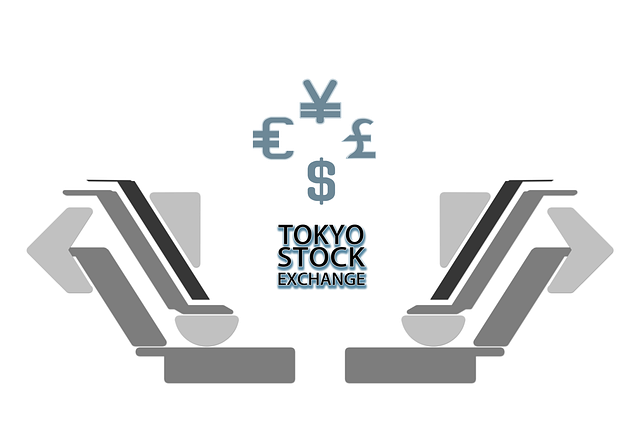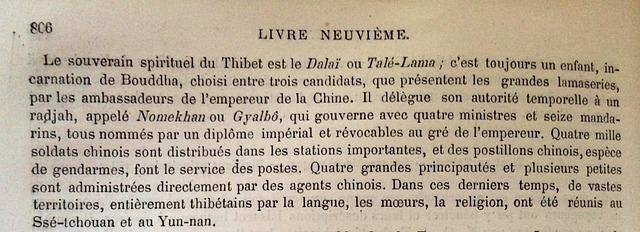
Ethereum is transforming digital creativity through its decentralized platform, empowering artists, musicians, and creators worldwide. Utilizing blockchain technology, Ethereum ensures transparency, ownership, and control over digital assets via unique non-fungible tokens (NFTs), fostering innovation in the creative economy. By eliminating intermediaries, Ethereum enables direct artist-fan connections, fair compensation, and secure trading, revolutionizing music distribution, virtual real estate, and business models for diverse creative industries. Its smart contract technology and expanding use cases suggest a future where Ethereum becomes the backbone of a vibrant, interconnected global creative community.
“Explore the burgeoning Ethereum-driven creative economy and its profound impact on digital art, music, and beyond. This revolutionary blockchain platform is unlocking new frontiers in creativity, ownership, and collaboration. From NFTs (Non-Fungible Tokens) that transform digital art and music distribution to decentralized platforms fostering global artistic communities, Ethereum is reshaping the way we create, own, and interact with creative works. Discover how this innovative technology is paving the way for a dynamic new era in the arts.”
- Unlocking Digital Creativity: Ethereum's Role in the New Creative Economy
- Digital Art and NFTs: Revolutionizing Ownership and Authenticity on Ethereum
- The Sound of Blockchain: Music Industry Disruption and Opportunities with Ethereum
- Beyond Art and Music: Exploring Ethereum's Impact on Various Creative Sectors
- Smart Contracts and Decentralized Platforms: Powering Collaborative Creativity
- Future Perspectives: Ethereum's Potential to Shape the Global Creative Community
Unlocking Digital Creativity: Ethereum's Role in the New Creative Economy
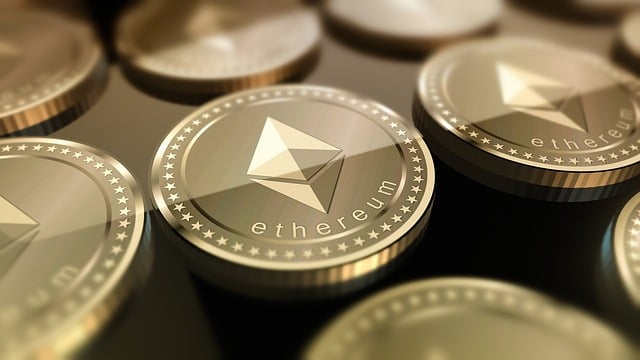
Ethereum is unlocking a new era of digital creativity by providing a decentralized platform for artists, musicians, and creators to showcase and monetize their work directly. Its blockchain technology ensures transparency, ownership, and control over digital assets, fostering innovation in the creative economy. Artists can now mint unique non-fungible tokens (NFTs) representing their digital creations, be it art, music, or even in-game items. This shift empowers creators to connect with their audience directly, receive fair compensation for their work, and build a sustainable career in the digital realm.
The Ethereum network facilitates peer-to-peer transactions, enabling artists to sell their NFTs without intermediaries. Smart contracts automate processes like royalty payments, ensuring creators continue to earn every time their digital assets are resold. This decentralized approach democratizes access to creativity and opens up new revenue streams for participants in the creative industries, revolutionizing how art, music, and other digital content are valued and traded.
Digital Art and NFTs: Revolutionizing Ownership and Authenticity on Ethereum

In the realm of digital art, Ethereum has emerged as a game-changer, reshaping ownership and authenticity dynamics with its innovative Non-Fungible Tokens (NFTs). Unlike traditional digital files that can be easily replicated, NFTs offer a unique, provably scarce asset backed by blockchain technology. On Ethereum, artists can mint their digital creations as NFTs, ensuring each piece’s ownership and provenance are securely recorded on the immutable ledger. This revolutionary approach has sparked a new wave of interest in digital art, attracting both artists and collectors who seek verifiable ownership and the ability to trade these assets with transparency and security.
The impact of Ethereum-based NFTs extends beyond digital art; it’s permeating music and other creative industries as well. Musicians can now tokenize their work, granting fans ownership of exclusive pieces while enabling artists to maintain control over their creations’ distribution and future use. This new era of digital ownership is not just about revenue streams; it’s about fostering a deeper connection between creators and supporters, preserving artistic integrity, and unlocking new avenues for creative expression in the digital age.
The Sound of Blockchain: Music Industry Disruption and Opportunities with Ethereum
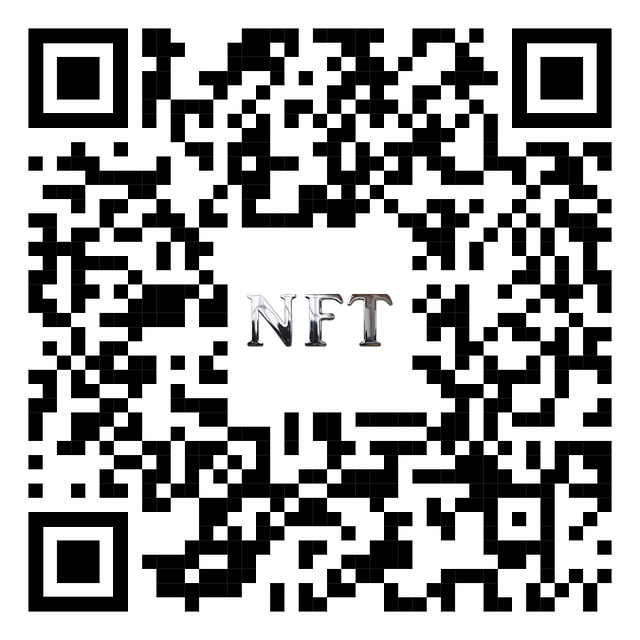
The music industry is experiencing a quiet revolution, thanks to blockchain technology and Ethereum’s role as a catalyst for change. Traditional models of music distribution are being disrupted, offering artists more control over their work and direct access to fans worldwide. By leveraging Ethereum, musicians can mint and sell unique digital assets such as songs, albums, or even virtual concert experiences as non-fungible tokens (NFTs). This innovative approach not only ensures proper attribution and ownership rights but also opens up new revenue streams through secondary sales and licensing opportunities.
Ethereum’s smart contracts enable the creation of decentralized platforms where artists can connect directly with their audience, eliminating the need for intermediaries. This direct-to-consumer model empowers musicians to set their own terms, negotiate better deals, and build a loyal fan base. As the sound of blockchain resonates through the music industry, Ethereum is poised to reshape how we discover, share, and monetize music in the digital age.
Beyond Art and Music: Exploring Ethereum's Impact on Various Creative Sectors
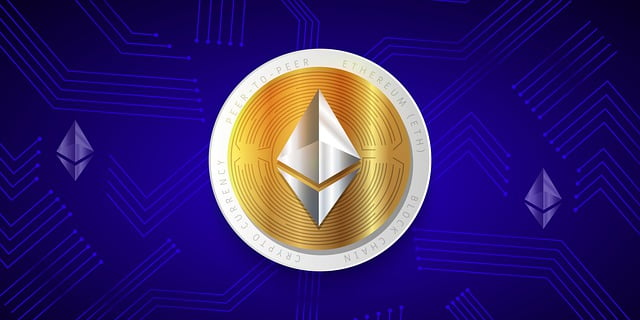
Ethereum has emerged as a game-changer, transcending its initial role as a blockchain for cryptocurrencies and transforming into a vibrant platform that supports a diverse range of creative industries. Beyond digital art and music, Ethereum’s impact is felt in various sectors, revolutionizing how creators monetize their work and interact with their audiences. For instance, developers are building decentralized applications (dApps) that facilitate the creation and trading of virtual real estate, where artists can design and sell unique digital spaces.
Moreover, Ethereum enables the emergence of new business models for writers, filmmakers, and designers. Smart contracts automate royalty payments, ensuring creators receive continuous compensation for their work. This fosters a sustainable creative ecosystem, encouraging innovation and collaboration. As the Ethereum network continues to evolve, its potential to reshape and expand the creative economy becomes increasingly apparent.
Smart Contracts and Decentralized Platforms: Powering Collaborative Creativity

Ethereum’s innovative smart contract technology has been pivotal in fostering a new era of creative collaboration and ownership. These self-executing contracts enable decentralized platforms to emerge, reshaping how digital art, music, and other creative assets are traded and managed. By eliminating intermediaries, artists can directly connect with their audience and fans, ensuring fairer compensation for their work.
Decentralized platforms built on Ethereum provide a transparent and secure environment for creators. They allow for the minting and trading of non-fungible tokens (NFTs), representing unique digital assets like art pieces or music files. This technology ensures that every transaction is verifiable and immutable, protecting creators’ intellectual property rights. It also enables artists to gain greater control over their creative output, fostering a more inclusive and rewarding ecosystem for all participants in the Ethereum community.
Future Perspectives: Ethereum's Potential to Shape the Global Creative Community
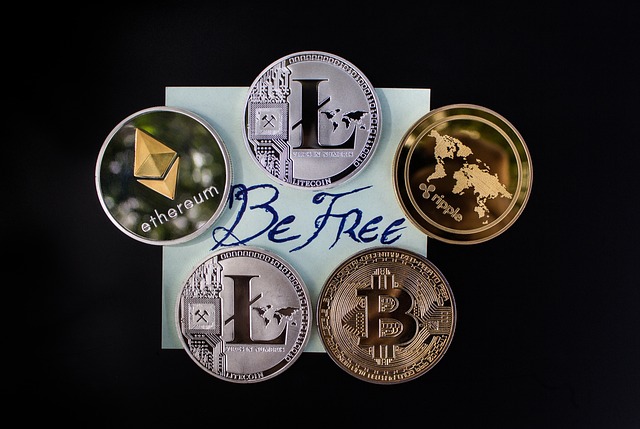
As we peer into the future, Ethereum’s potential to shape the global creative community becomes increasingly apparent. Its decentralized nature enables artists, musicians, and creators worldwide to connect, collaborate, and monetize their work directly, eliminating intermediaries and empowering them with greater control over their creations and earnings. This shift promises to democratize creativity, fostering a more inclusive and transparent ecosystem.
Ethereum’s expanding array of use cases within the creative industries—from non-fungible tokens (NFTs) for digital art to smart contracts ensuring royalty payments—indicates its capacity to revolutionize not just how we create and consume art but also how communities engage with artistic expression globally. As the Ethereum network continues to evolve, it may well become the backbone of a vibrant, interconnected creative web, where artists and audiences alike enjoy unprecedented levels of accessibility, ownership, and collaboration.
The Ethereum blockchain has emerged as a powerful catalyst for the creative economy, transforming digital art, music, and various other sectors. By leveraging smart contracts and decentralized platforms, artists, musicians, and creators can now own, trade, and collaborate in new and innovative ways. As the ecosystem continues to evolve, Ethereum’s potential to shape a global, inclusive, and transparent creative community is undeniable, opening doors for groundbreaking artistic expressions and revolutionary business models.
